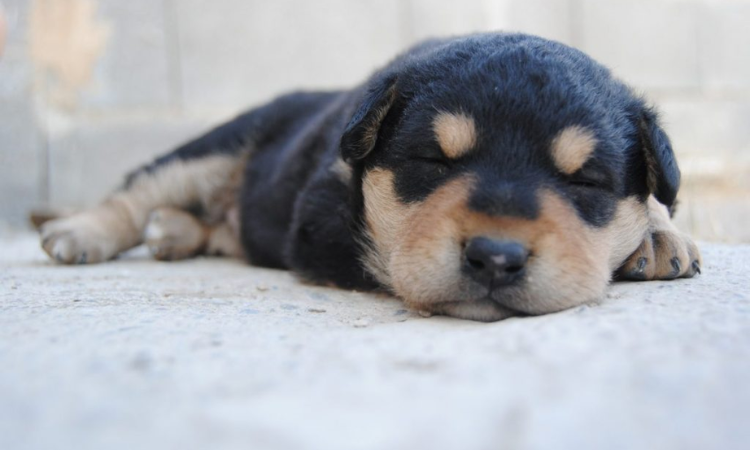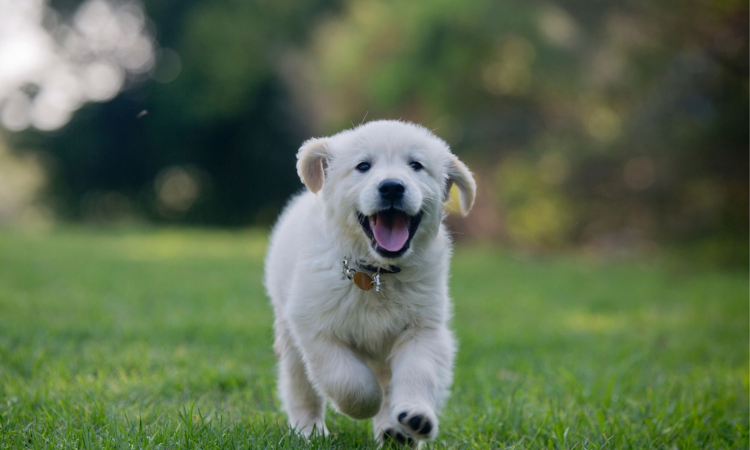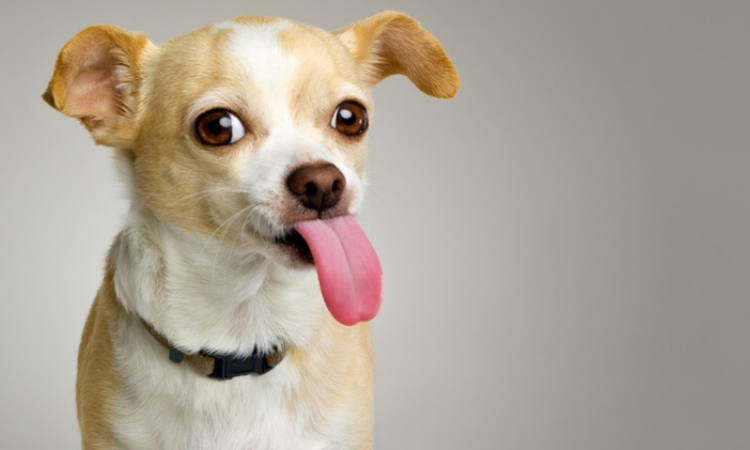We’d like to welcome you to our comprehensive guide to Otterhound bathing frequency. Otterhounds are one-of-a-kind and adorable dogs that need to be groomed in particular ways to keep their coats clean and healthy. We’ll give you expert advice and useful suggestions for “How Often Should You Bathe an Otterhound?” in this article. So, let’s get started!
Grooming Basics Of Otterhound
Before discussing the frequency of baths, let’s first discuss the fundamentals of Otterhound grooming. Grooming these dogs on a regular basis is necessary for their overall health because of their distinctive double coat, which shields them from the elements. Consider these important points:
Brushing
Regular brushing is crucial for an Otterhound’s coat health. It helps remove dirt, debris, and loose fur, preventing matting and tangles. Aim to brush your Otterhound at least two to three times a week.
Ear Cleaning
Otterhounds are prone to ear infections, so it’s essential to keep their ears clean and dry. Gently wipe the inside of their ears with a veterinarian-recommended solution to prevent any buildup of wax or moisture.
Nail Trimming
Trimming your Otterhound’s nails is essential to maintain their paw health. Long nails can cause discomfort and may even lead to injury. Trim their nails every 4-6 weeks or as needed, ensuring you don’t cut too close to the quick.
How Often Should You Bathe an Otterhound?
Now, let’s focus on the main question: How often should you bathe an Otterhound? Bathing frequency depends on various factors, including the dog’s activity level, coat condition, and lifestyle. Here are some guidelines to help you determine the ideal bathing schedule for your Otterhound:
Coat Type and Condition
The condition of your Otterhound’s coat plays a significant role in determining how often you should bathe them. If their coat is dirty, smelly, or has accumulated debris, a bath is necessary. However, if their coat is clean and in good condition, frequent bathing is not recommended as it can strip the natural oils that keep their coat healthy.
Activity Level
Consider your Otterhound’s activity level when deciding on bathing frequency. If they love exploring outdoors, rolling in the mud, or swimming, more frequent baths may be required. However, if they are mostly indoors or have a sedentary lifestyle, they may need fewer baths.
Seasonal Factors
Seasonal changes can impact your Otterhound’s bathing needs. During the summer months when they may be more prone to sweating or swimming, more frequent baths may be necessary. In contrast, during the winter when the air is dry, it’s advisable to reduce bathing to prevent their skin from drying out.
Skin and Allergies
If your Otterhound has skin allergies or sensitivities, consult with your veterinarian to determine the most appropriate bathing frequency. They may recommend specific hypoallergenic shampoos or bathing intervals to ensure your Otterhound’s skin remains healthy and irritation-free.
FAQs about bathing an Otterhound
-
Can I use human shampoo on my Otterhound?
It’s best to avoid using human shampoo on your Otterhound as it may disrupt the pH balance of their skin. Opt for a dog-specific shampoo that is gentle and formulated for their needs.
-
How can I keep my Otterhound smelling fresh between baths?
Between baths, you can use dog-friendly grooming wipes to freshen up your Otterhound’s coat and remove any odors. Additionally, regular brushing helps distribute natural oils, keeping their coat smelling pleasant.
-
Can I bathe my Otterhound too frequently?
Yes, frequent bathing can strip the natural oils from an Otterhound’s coat, leading to dryness and skin issues. It’s important to strike a balance and only bathe them when necessary.
-
What should I do if my Otterhound gets exceptionally dirty?
If your Otterhound gets exceptionally dirty, such as after rolling in something unpleasant, a bath is warranted. However, try to spot-clean the dirty areas first before resorting to a full bath.
-
Are there any specific shampoos recommended for Otterhounds?
While there are many dog shampoos available, it’s always a good idea to consult with your veterinarian to determine the best shampoo for your Otterhound’s specific needs. They can recommend shampoos tailored to their coat type, allergies, or sensitivities.
-
How can I make bathing a positive experience for my Otterhound?
Introduce positive reinforcement techniques during bathing sessions, such as treats and praise, to associate bathing with a positive experience. This can help reduce any anxiety or resistance your Otterhound may have towards baths.
Conclusion
Proper grooming, including bathing, is vital to maintaining an Otterhound’s health and well-being. While there isn’t a one-size-fits-all answer to how often you should bathe an Otterhound, considering factors like coat condition, activity level, and allergies can help you establish a suitable bathing routine.
Remember, always prioritize their comfort and consult with a veterinarian if you have any specific concerns.





